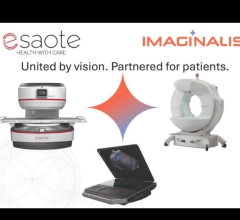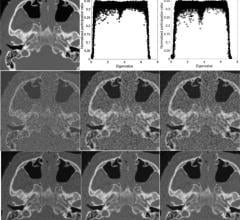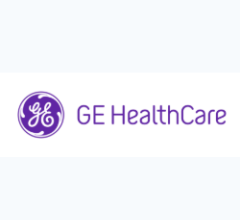The Medicare drug benefit has come in way under budget this year, which supporters boast is a testament to the benefits of competition. Instead of costing about $43 billion this year, it will cost about $30 billion.
"The costs have been driven down not by the government but by the collective voices of millions of consumers," President Bush said during an interview shortly before the Nov. 7 elections.
But figures provided to The Associated Press by the agency that oversees the benefit show two other key factors are at work: lower-than-expected enrollment and drug prices that went up less than expected in the two years before the benefit kicked in.
Democrats say they can cut costs further by having the government directly negotiate drug prices with pharmaceutical companies on behalf of beneficiaries. Currently, the law creating the drug benefit prohibits the government from negotiating drug prices. It leaves that to those companies overseeing private drug plans serving seniors and the disabled.
Why the program has cost less than anticipated will be an important element of the coming debate that Democrats are promising. To date, however, there has been little detailed analysis of how savings are being achieved.
The Centers for Medicare and Medicaid Services, the federal agency that oversees the new drug benefit for the elderly and disabled, provided the AP with its accounting of where the program saved money this year.
-Lower than projected enrollment: $7.5 billion.
-Competition: $6.9 billion.
-Drug prices rising less than expected in the two years before the benefit began: $3.7 billion.
Offsetting the savings somewhat were higher costs in some areas, including for catastrophic drug expenses — those that occur when people have drug bills of more than $5,100.
The savings could make it harder for Democrats to make changes, particularly with surveys showing high satisfaction rates among beneficiaries.
"Republicans would have you believe that the drug and insurance companies have sacrificed profits in the name of competition, but nothing could be further from the truth," said Rep. Pete Stark, D-Calif. "In fact, the dirty little secret is that costs are lower because of low enrollment and a slowdown in drug spending."
After Congress created the drug benefit in 2003, Medicare officials estimated that 39 million people would enroll or get their coverage through employers who receive a tax credit for providing a benefit. But the actual number turned out to be nearly 10 million less.
Leslie V. Norwalk, the acting administrator for the Centers for Medicare and Medicaid Services, said the agency's actuaries underestimated how many people already had drug coverage prior to last Jan. 1, when the drug benefit began.
Instead of getting drug coverage through Medicare, many seniors and the disabled receive it through the Department of Veterans Affairs, the federal employee insurance program as well as several other programs, she said.
Over the long haul, said John Shatto, a Medicare actuary, the lower enrollment numbers will play a smaller role in keeping program's costs down.
"Those with very high drug spending are the ones that are going to sign up for Part D. Those with little drug spending are the ones who did not sign up for Part D. That's what's creating a smaller (effect)," he said.
Over the next 10 years, the most important reason behind the program's lower costs will be the fact that drug prices rose less than expected in the two years before the drug benefit began, Shatto said.
Based on double-digit increases in drug prices in previous years, Medicare actuaries in 2003 projected they would rise 11 percent each in 2004 and 2005, the two years prior to the program startup. Instead they grew by 7 percent each year.
The impact doesn't seem huge at first, but a snowball effect occurs when actuaries recalculate projected drug costs in future years based on what happened in 2004-05.
The government's projected cost of the Medicare drug benefit over the decade — through 2015 — is now $729 billion, almost $200 billion below the $926 billion original estimate.
About $141 billion of projected savings result from slower growth in drug prices that began in 2004, Shatto said.
By comparison, greater-than-expected competition accounts for $55 billion in projected 10-year savings, he said.


 December 04, 2025
December 04, 2025 









